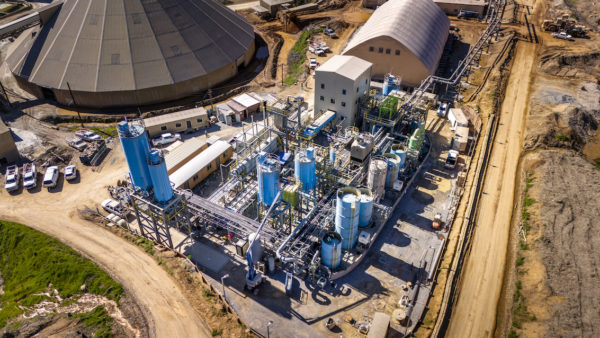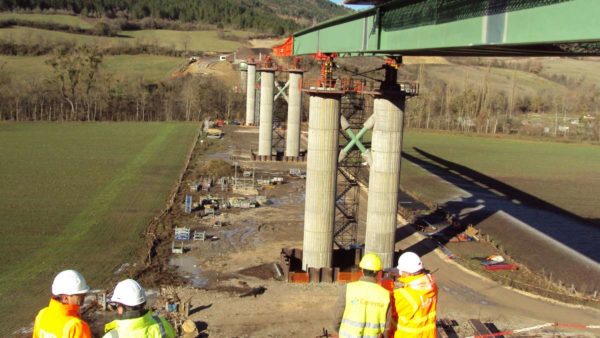A team of researchers at the University of California, Los Angeles (UCLA) has been working on a plan to capture carbon dioxide (CO2) from power plant smokestacks and use it to create a green substitute for concrete.
They say the new building material – dubbed "CO2NCRETE" – could be a "game-changer" in climate policy since normal concrete is used everywhere in construction and the energy intensive production of cement contributes around 5% of the planet’s greenhouse gas emissions.
"What this technology does is take something that we have viewed as a nuisance – carbon dioxide that’s emitted from smokestacks – and turn it into something valuable," said J.R. DeShazo, professor of public policy at the UCLA Luskin School of Public Affairs.
It’s one thing to prove these technologies in the laboratory. It’s another to take them out into the field and see how they work under real-world conditions– J.R. DeShazo, UCLA
"I decided to get involved in this project because it could be a game-changer for climate policy," DeShazo told UCLA’s press office.
DeShazo is joined in the initiative by Gaurav Sant, associate professor and Henry Samueli, Fellow in Civil and Environmental Engineering, and professors in chemistry, materials science, mechanical engineering and other disciplines.
So far the new, cement-like material has been produced only at a lab scale, using 3D printers to extrude small shapes.
"We have proof of concept that we can do this," DeShazo said. "But we need to begin the process of increasing the volume of material and then think about how to pilot it commercially. It’s one thing to prove these technologies in the laboratory. It’s another to take them out into the field and see how they work under real-world conditions."
Gaurav Sant said the scale of the task was daunting.
"The big challenge we foresee with this is we’re not just trying to develop a building material. We’re trying to develop a process solution, an integrated technology which goes right from CO2 to a finished product," he said.
Sant said he foresaw another challenge in printing elements big enough for bridges and other structures where traditional concrete is used.
Photograph: J.R. DeShazo, left, and Gaurav Sant show off a sample of the new building material they have created to replace concrete (Roberto Gudino/UCLA)
Edited 5 April to correct the name of UCLA
Comments
Comments are closed.











I think this product is a great idea, can you please keep informed of its continued production and success
Please note that most if not all plant life on earth take in carbon dioxide as does our oceans. However its our excess industrially emitted carbon dioxide which we have to find ways of reducing! Any research which results in actually and usefully incorporating carbon dioxide into any materials used globally is surely the way to go!